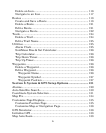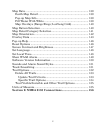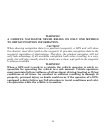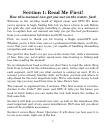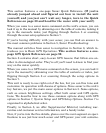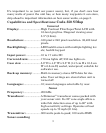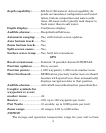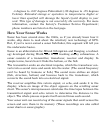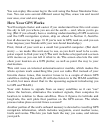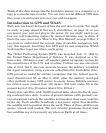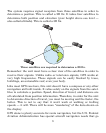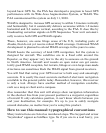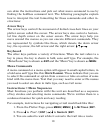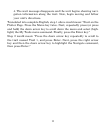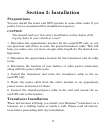6
Y
ou can replay this sonar log in the unit using the Sonar Simulator func-
tion. You can save several different sonar log files, erase 'em and recor
d
new ones, over and over again.
How Your GPS Works
Y
ou'll navigate faster and easier if you understand how this unit scans
the sky to tell you where you are on the earth — and, where you're go-
ing. (But if you already have a working understanding of GPS receivers
and the GPS navigation system, skip on ahead to Section 2, Installa-
tion & Accessories on page 13. If you're new to GPS, read on, and you ca
n
later impress your friends with your new-found knowledge.)
First, think of your unit as a small but powerful computer. (But don't
worry — we made this unit easy to use, so you don't need to be a com-
puter expert to find your way!) The unit includes a keypad and a screen
with menus so you can tell it what to do. The screen also lets the unit
show your location on a GPS plotter, as well as point the way to you
r
destination.
This unit uses an internal antenna
/
receiver module, which makes the
whole system work something like your car radio. But instead of you
r
favorite dance tunes, this receiver tunes in to a couple of dozen GPS
satellites circling the earth. (It will also listen in to the WAAS
satellites
in orbit, but more about that in the upcoming segment introducing you
to GPS and WAAS.)
Y
our unit listens to signals from as many satellites as it can "see"
above the horizon, eliminates the weakest signals, then computes its
location in relation to those satellites. Once it figures its latitude an
d
longitude, the unit plots that position on the GPS screen. The whole
process takes place several times a second!
A
nother portion of the unit's onboard memory is devoted to recording
GPS
navigation information, which includes waypoints, event marker icons,
trails and routes. This lets you look back the way you came, and retrace
your path.



